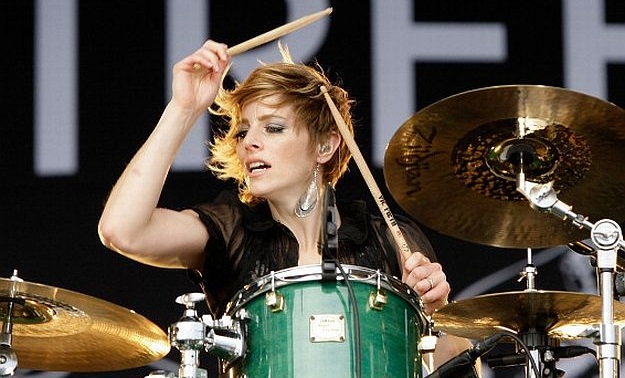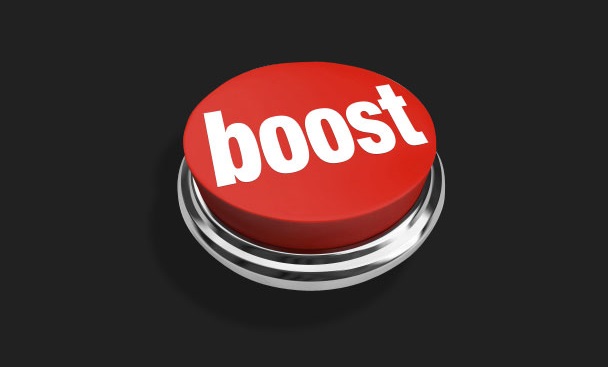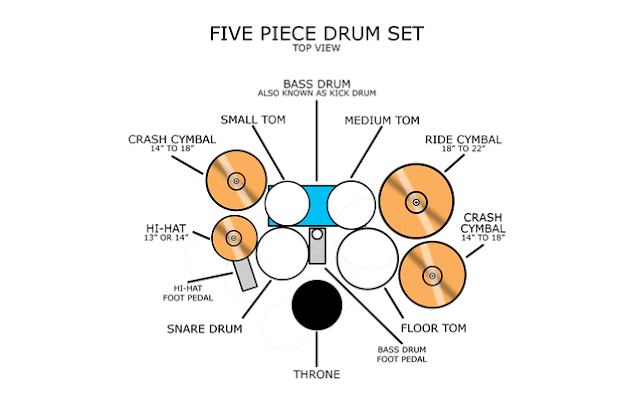It is not uncommon that genius musicians started out performing on the street. Bruce Springsteen, Bono and Arcade Fire are some hugely influential artists that got it all started busking. Street drummers are a different breed - drumming is not something that can entertain easily as a solo act. But some of the artists below made a name for themselves doing just that!
Larry Wright
This New York drummer is the quintessential street performer. Based in New York, Wright is known for being one of the first street performers to use buckets as drums, using what you might call a home-made drum kit.
This busker rose to fame decades ago and has appeared in documentaries, commercials and music videos throughout his career and still plays in various locations around New York. Most recently he appeared in the short film The Yellow Card, a documentary based on subway performers in New York City, where Larry Wright and his wife Sonia Wright are one of the main acts in the film as they play their music and are being interviewed.
This busker rose to fame decades ago and has appeared in documentaries, commercials and music videos throughout his career and still plays in various locations around New York. Most recently he appeared in the short film The Yellow Card, a documentary based on subway performers in New York City, where Larry Wright and his wife Sonia Wright are one of the main acts in the film as they play their music and are being interviewed.
Dario Rossi
This Italian sensation is one of the most famous street drummers of modern times, having toured various cities through Europe including Amsterdam, Berlin and London and has appeared on numerous television programs. At only 12, he started an intense concert activity with some local bands mainly the Lost Angels, with whom he was interviewed during an episode of the radio programme Demo from Radio Rai, Italian National broadcaster. Being popular as a drummer, he is also a percussionist as well as a composer. Despite many busker-style performers coming from lowly beginnings, Rossi is a musician with technical training as well as street-cred. He teaches drums and rhythmic solfège in his own studio in Genzano and at the Arte Musica School in Frattocchie. Find out more about his work in his official site.
Baard Kolstad
This 17-year old artist plays a traditional drum set and has been getting a lot of press and hits online after appearing on the Norse Talenter, Norway's version of America's Got Talent, before he was eliminated. Having posted a bunch of videos online, Kolstad is generating a lot of buzz and has apparently got the attention of the music industry. With more and more artists emerging in unique ways (YouTube, Facebook, etc.), it’s not out of the realm of possibility that this teen will make it big someday!
Joe Buckets
35 years old and originally from Rhode Island, Joe Buckets living in Seattle is one of the popular street performers in his area. Joe also plays the harmonica and a small keyboard at his side. When the energy is just right, he says people spontaneously break into dance and sing along. He gained popularity by performing in Oxford Circus and London Waterloo Bridge. Recently Joe, had his drum kit confiscated by police after noise complaints when playing late into the night. After the incident, the drummer left a message behind for passers-by expressing his distaste for the police department.
Larry Wright was one of the pioneers who popularised street drumming in the streets of New York city with a few buckets and drummers like Dario Rossi and Baard Kolstad has completely smacked it out! Being the icons in the field of street drumming, they have become the trend setter to the young talents with their amazing skills. Hopefully they will become the inspiration for a new breed of drummers in coming days.
Image Source: [1] [2] [3] [4]
Image Source: [1] [2] [3] [4]


































